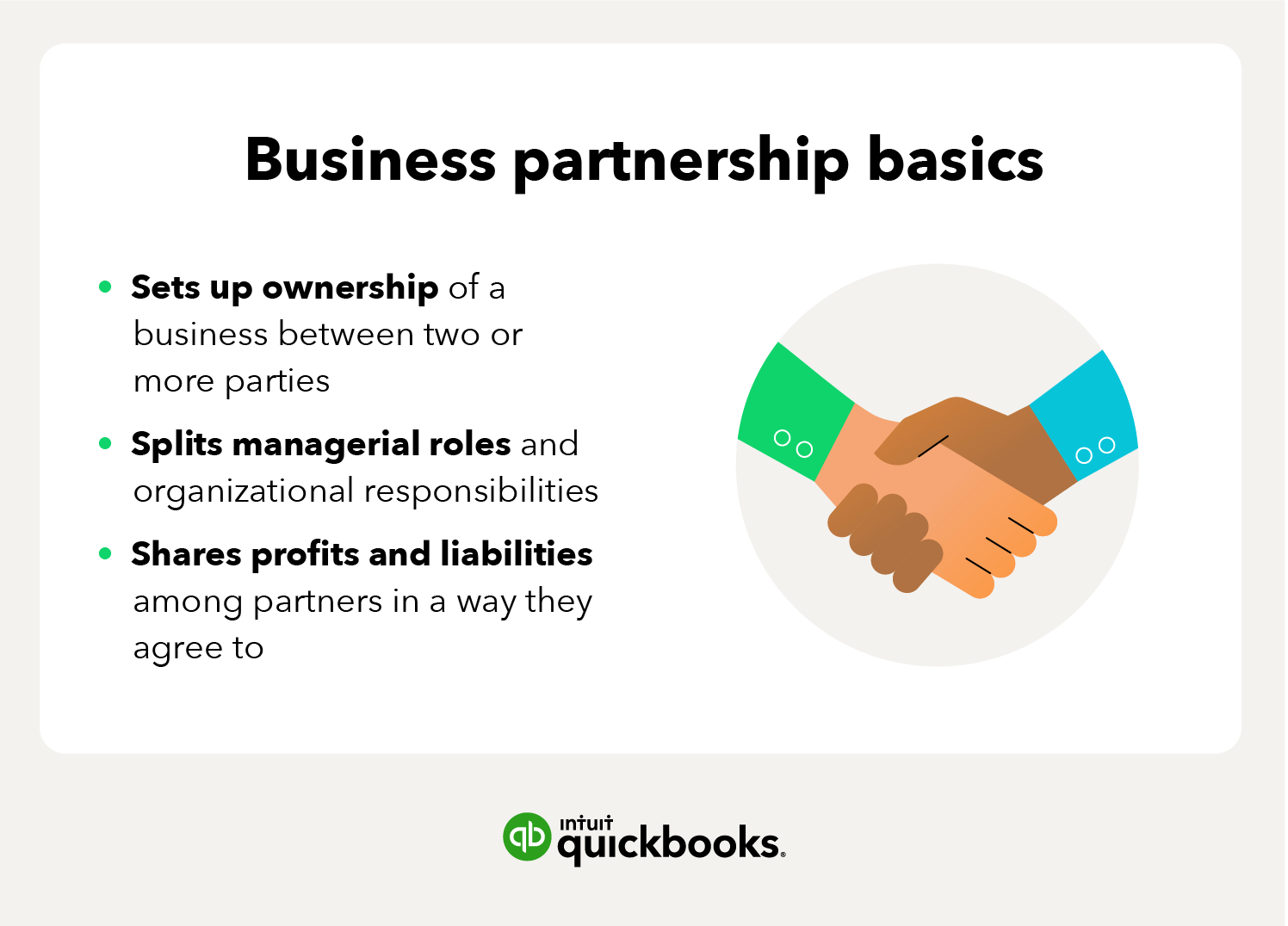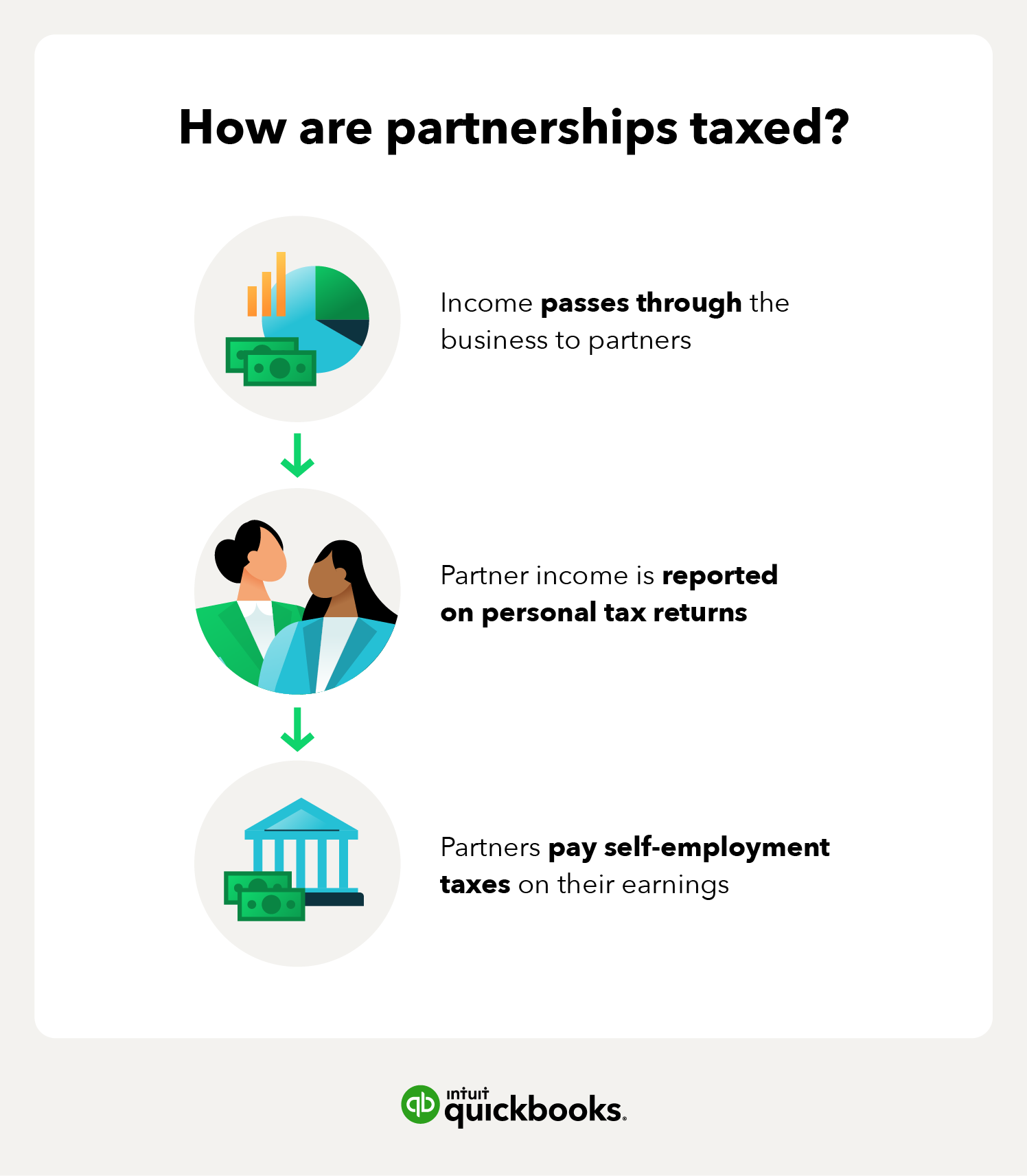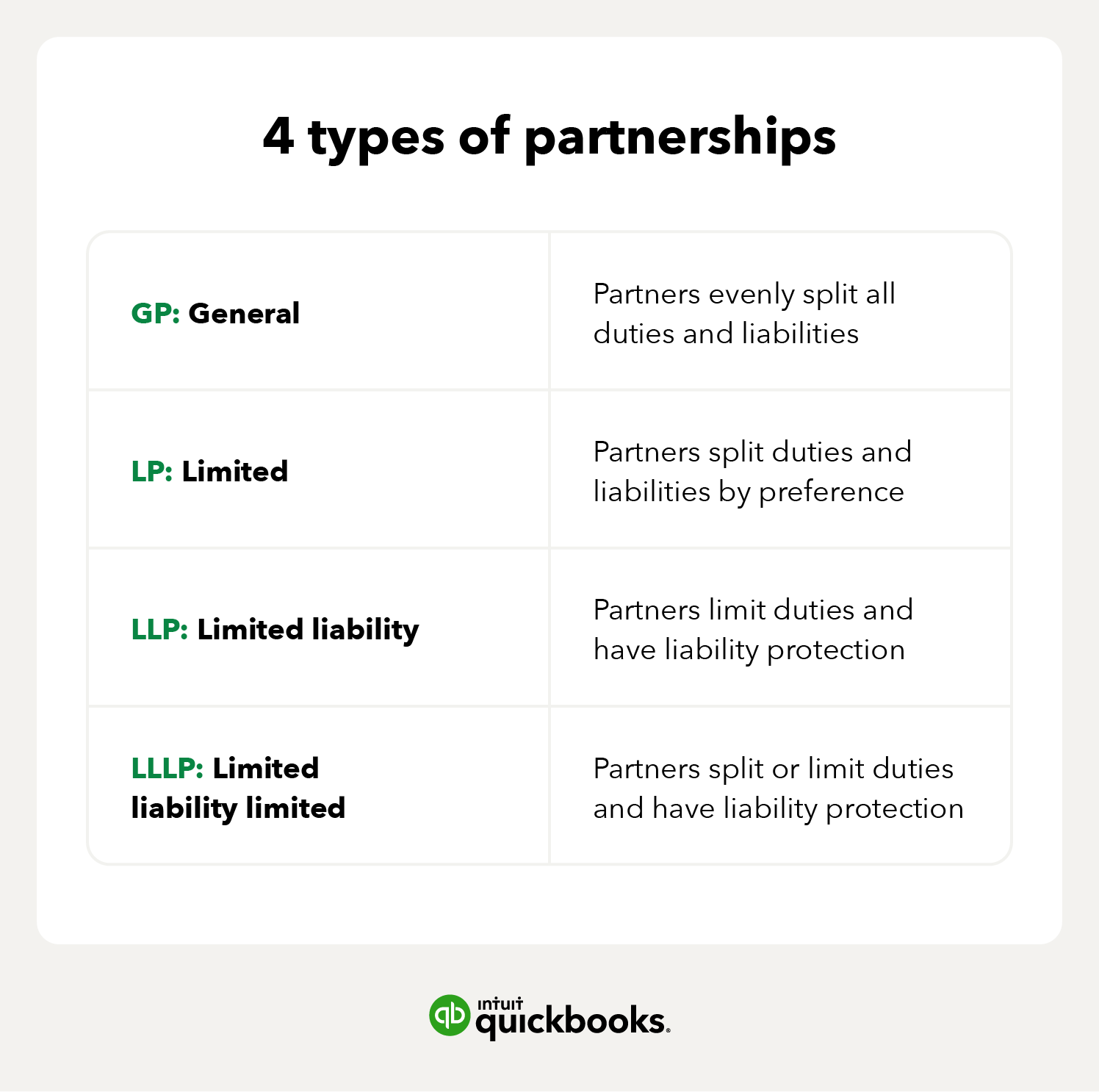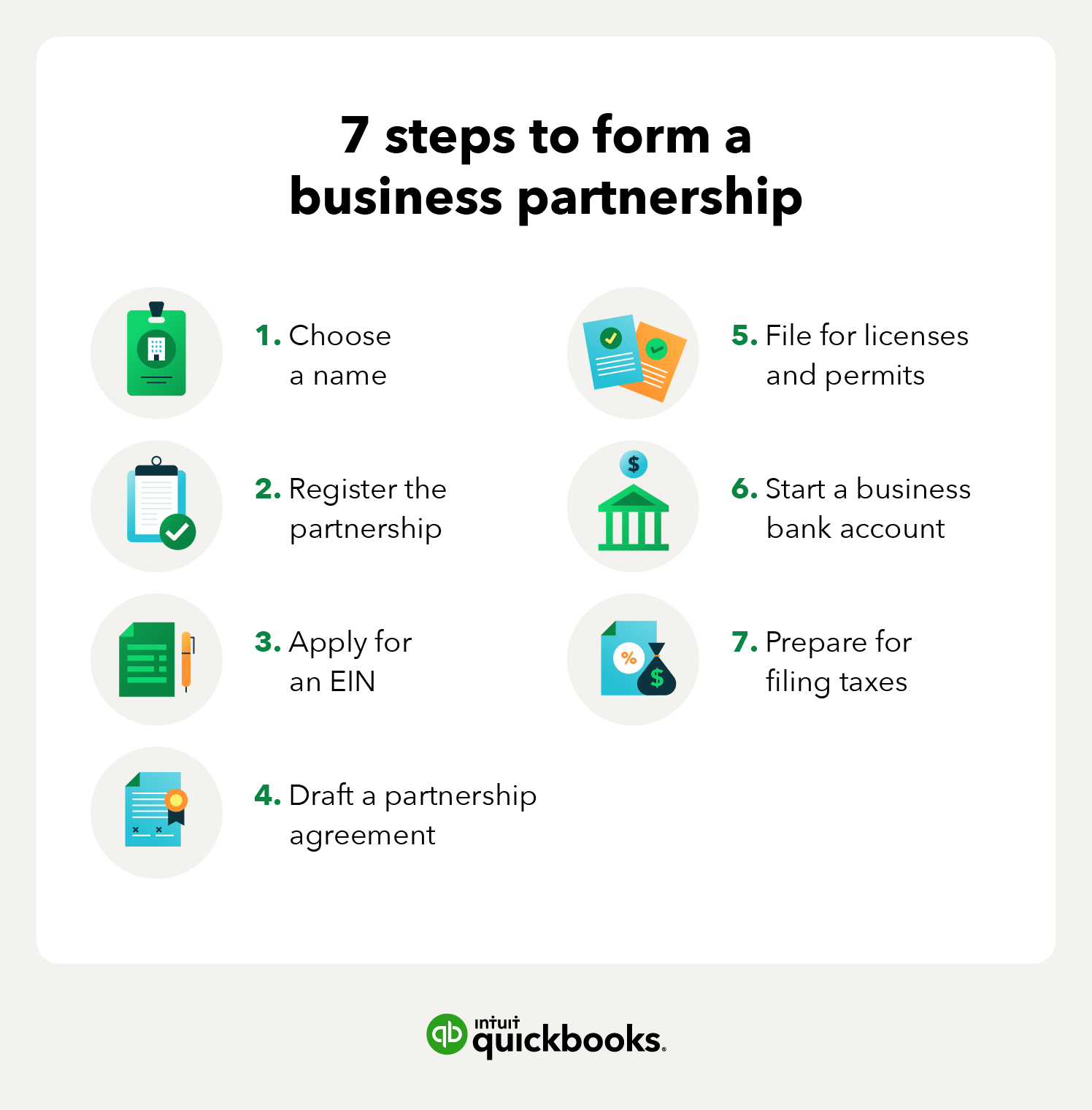5 common business partner problems with solutions
Since a partnership takes serious investment, it can be helpful to think of that partnership like a marriage. Many successful marriages are built on strong foundations of trust, communication, shared values, and similar goals. Successful partnerships need these same values to prosper, and you may find problems quickly arise if these values are lacking.
Here are five common problems and simple solutions that might help you position your partnership for success.
1. Letting trust dissolve
Open and honest communication among partners is critical to give each a complete grasp of business operations. It’s commonplace to split responsibilities among partners, but this can lead to vital information slipping through the cracks if one or more partners is not being transparent.
Solution: Communicate openly and regularly
Depending on the nature of your work and your role in the partnership, it may make sense to have weekly or monthly meetings among partners.
This gives you an opportunity to convene to answer questions and solve ongoing problems that might’ve been otherwise overlooked. It also gives you the opportunity to avoid miscommunication that could lead to conflict.
2. Stressing about performance
Partners’ investments can be directly tied to the partnership’s performance. You might feel pressure if your business is falling short on goals and performance targets.
This pressure can bubble over into your day-to-day operations, like your interactions with other partners, and negatively affect your partnership.
Solution: Find an outlet for stress
In and out of the workplace, stress management helps restore balance and alleviate frustration. Physical activity, laughter, and a healthy diet are all proven remedies for stress.
Connecting with other partners outside of work can also provide a distraction from work stress. This kind of bonding may help you make more rational decisions in the workplace that aren’t as influenced by negative emotions.
3. Feeling inequity or imbalance
You may find that once your partnership launches, you’re handling more or less of the work share than you would like, or that power isn’t split equitably between partners.
Feelings may also surface about imbalances in financial equity, such as one partner believing they’re receiving an unequal share based on their investment in the partnership. These feelings can cause serious consequences to the health of the business if they’re not quickly resolved.
Solution: Draft an ironclad partnership agreement
In an ideal partnership agreement, each party’s role in the business is laid out explicitly. This includes managerial responsibilities, decision-making duties, and share of profits and liabilities, among other things.
While it may take time for all partners to reach consensus about the contents of a partnership agreement, coming to these conclusions before launching a business is crucial for its long-term health.
4. Leaving boundaries unenforced
It’s not recommended to mix the professional with the personal when it comes to business expenses, and the same goes for partnerships.
While some partners may have relationships that extend beyond business, it’s important to set boundaries as to how those relationships manifest. Bringing outside problems to work can strain relationships between partners.
Solution: Set expectations
The most direct way to avoid clashes over work and non-work feelings is to set expectations around the time and manner these feelings can be discussed.
For yourself, try to avoid discussing personal subjects when emotions are running high. For others, have a chat with your fellow partner to determine how much discussion of personal feelings is appropriate and what topics to leave off the table.
5. Splitting on personal values
Personal values influence the thoughts we think and the decisions we make, even at work. It can be difficult to imagine all the future instances where you and your fellow partner might disagree, but workplace conflicts, especially between partners or owners, are serious business.
Overlooking a big disagreement in values can be detrimental to not only the success of the business, but the foundation of your partnership as a whole.
Solution: Map out your values
Before setting out to register your business or even choose a name, it’s a good idea to sit down with the other partners to map out your values and priorities to see how they align and how they differ.
These values will likely inform the values you set for your partnership, and in turn, a discussion around values will set the tone for many future discussions or disagreements. If it turns out that many of your values are contradictory to your partner’s, it may not be a good idea for you to start a partnership.
Ready to partner up?
Starting a partnership can be thrilling. It’s a chance to grow and manage a small business with someone else and share in the rewards. It can also be an opportunity for you to focus more on your individual entrepreneurial strengths—especially if you have a partner who complements those strengths.
Prepare ahead and ask plenty of questions to ensure that your partnership is built on a solid foundation. If you have additional questions, it can help to speak with a professional for extra reassurance when starting up a new business.














